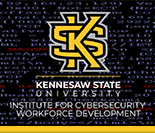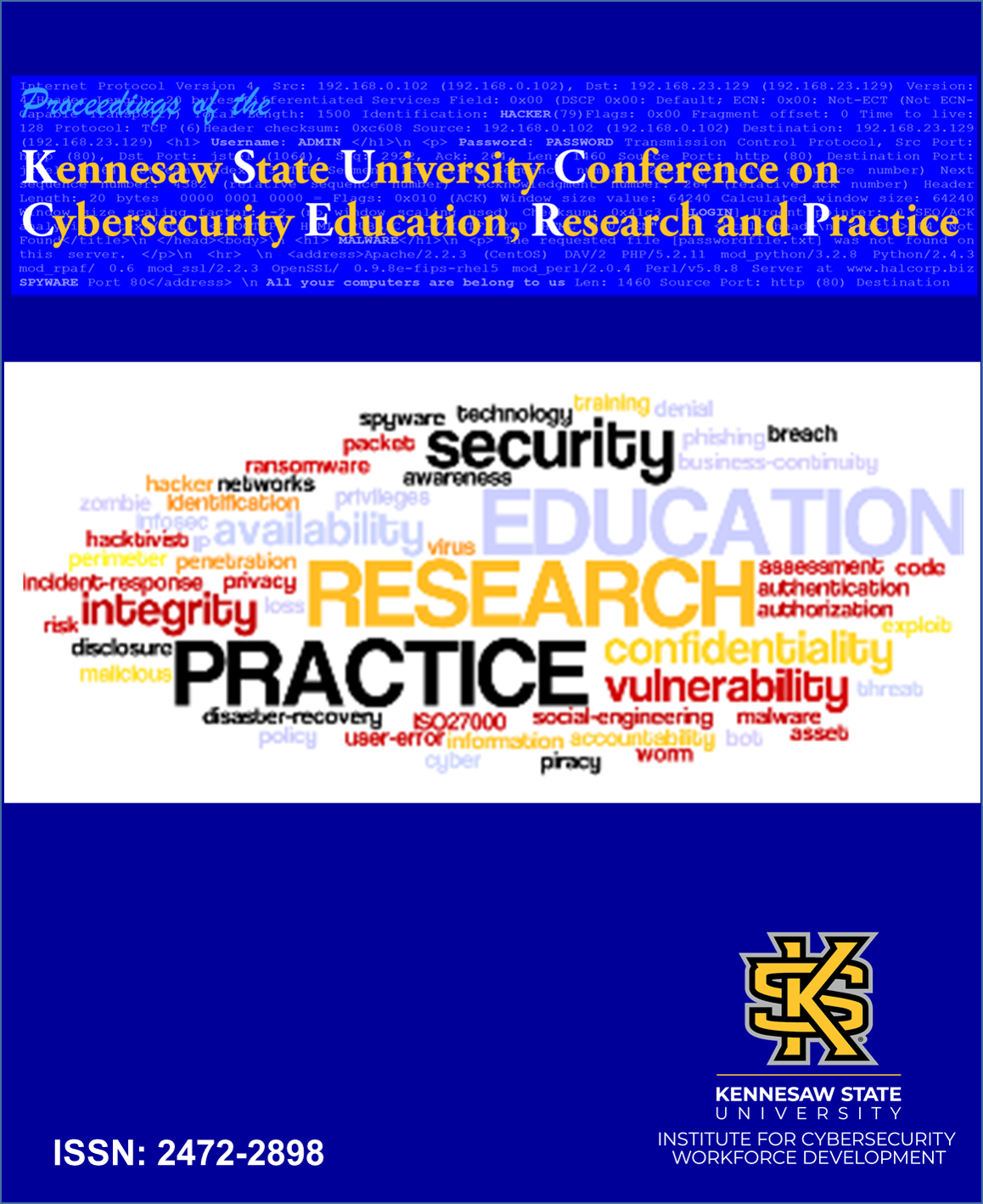Start Date
14-11-2022 9:05 AM
End Date
14-11-2022 9:30 AM
Abstract
Research indicates that deceitful videos tend to spread rapidly online and influence people’s opinions and ideas. Because of this, video misinformation via deepfake video manipulation poses a significant online threat. This study aims to discover what factors can influence viewers’ capability of distinguishing deepfake videos from genuine video footage. This work focuses on exploring deepfake videos’ potential use for deception and misinformation by exploring people’s ability to determine whether videos are deepfakes in a survey consisting of deepfake videos and original unedited videos. The participants viewed a set of four videos and were asked to judge whether the videos shown were deepfakes or originals. The survey varied the familiarity that the viewers had with the subjects of the videos. Also, the number of videos shown at one time was manipulated. This survey showed that familiarity of subjects has a statistically significant impact on how well people can determine a deepfake. Notably, however, almost two thirds of study participants (102 out of 154, or 66.23%) were unable to correctly identify a sequence of just four videos as either genuine or deepfake. Overall, the study provides insights into possible methods for countering disinformation and deception resulting from the misuse of deepfakes.
DOI
10.32727/28.2023.1
Included in
Information Security Commons, Management Information Systems Commons, Technology and Innovation Commons
What You See Is Not What You Know: Deepfake Image Manipulation
Research indicates that deceitful videos tend to spread rapidly online and influence people’s opinions and ideas. Because of this, video misinformation via deepfake video manipulation poses a significant online threat. This study aims to discover what factors can influence viewers’ capability of distinguishing deepfake videos from genuine video footage. This work focuses on exploring deepfake videos’ potential use for deception and misinformation by exploring people’s ability to determine whether videos are deepfakes in a survey consisting of deepfake videos and original unedited videos. The participants viewed a set of four videos and were asked to judge whether the videos shown were deepfakes or originals. The survey varied the familiarity that the viewers had with the subjects of the videos. Also, the number of videos shown at one time was manipulated. This survey showed that familiarity of subjects has a statistically significant impact on how well people can determine a deepfake. Notably, however, almost two thirds of study participants (102 out of 154, or 66.23%) were unable to correctly identify a sequence of just four videos as either genuine or deepfake. Overall, the study provides insights into possible methods for countering disinformation and deception resulting from the misuse of deepfakes.


